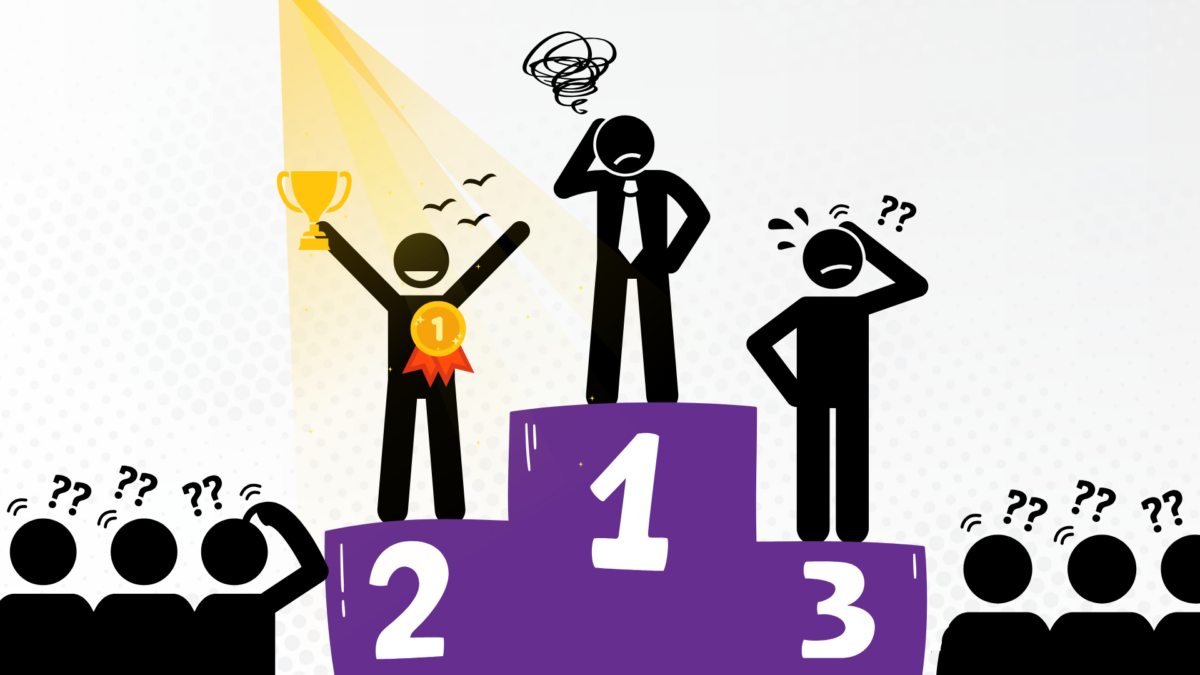Ranked choice voting (RCV), also known as Proposition 1 on our ballots in November, is a dangerous, confusing, and troublesome gambit. If you have any doubts about the integrity of the election process in Idaho, switching to RCV would likely make things worse. Here are just a few of the bizarre realities of RCV.
Maine 2018
Want to hear some crazy talk? Try to figure this out: “Put up that screwy graphic again…this race was called by NBC News for the Democrat…defeating the Republican incumbent congressman in Maine’s 2nd district. The reason the graphic shows the Democrat getting fewer votes but being declared the winner is because Maine uses ranked choice voting…Our graphic looks screwy because we only had the first round of voting on the screen, sorry.”
That was MSNBC’s Rachel Maddow, a known leftist “journalist” trying to explain their messed-up election results picture on election night in 2018.
The graphic is screwy because the election process is screwy. It came about because the minority party in the Maine district could not win on the issues, so they had to resort to changing election rules to tilt the playing field in their favor. Even MSNBC had a hard time understanding the process, let alone explaining the messy and confusing results.
In her explanation, Maddow admits how some voters, like those favoring Green Party candidates, get their votes counted twice when their first choice gets eliminated: “Those [Green Party voters’] second-choice votes then get retabulated for the top two contenders.” So, some voters’ ballots get counted again to include their second-choice candidates’ votes in the totals. Simply put, this violates the time-honored principle of one man, one vote.
Alaska 2022
The Alaska special election for Congress in 2022 was another ranked choice voting circus. There were three candidates. The eventual winner was Mary Peltola, a Democrat who got 91,266 votes for 51.5% and the win. But that’s not the whole story. In round one of the tabulations, she had 75,799 votes for only 39.7%. That’s right, more than 60% of voters chose one of the Republicans instead of Mary. But as the RCV process goes, a number of second-place votes from the lowest vote-getting Republican were added to Peltola’s total, giving her the win.
Proponents would say, “See? The process got a majority winner in the end.” They would be wrong. The final round of voting showed Peltola with 91,266 votes (counting her first-choice votes and second-choice votes from lesser ballots). That came to 51.5% of the remaining ballots, but it was only 48.4% of the original valid ballots cast—not a majority of votes! In fact, by no account did Alaska’s winner get the majority of votes from all ballots cast.
The RCV outcome did not guarantee a majority winner. It counted more votes from some voters than it did from others, and it led to a confusing outcome.
The problems of RCV
Over the past year, we have seen numerous problems with RCV, as outlined in the press and articles from interested groups. RCV is troubling in process, execution, and outcomes. RCV does not guarantee any of the results promised by its proponents. Here are just some of the nagging questions and complications adding up to a sketchy and dishonest RCV campaign:
- It’s not an “open primary.” It’s a jungle primary.
- The process seems to be: “Keep counting until the wrong person wins.”
- Some voters have their ballots eliminated because they were confused and did not select the right number of candidates or in the right order.
- There are inconsistencies across counties concerning what to do with undervoted or mis-voted ballots. This violates the “equal protection” provision of the Constitution.
- It’s a desperate attempt by minority parties to get candidates elected who would never win in a straight contest.
- Some claim RCV reduces the “nastiness” because candidates need to court second-place votes, too. In reality, the nastiness increases from outside groups.
- RCV encourages outside influences. Heck, the vote on RCV itself has brought nearly $2 million of outside money to try to flip the Idaho election process in favor of leftists.
- RCV has not been kind to independent candidates. It seems to cement the two-party structure as the only pathway to victory.
- RCV reduces election integrity. It’s confusing and susceptible to errors and fraud.
- RCV is nearly impossible to audit because of the candidate eliminations and counting process.
- RCV encourages candidates to lie. The ballot measure itself says a candidate can “list any affiliation on the ballot…and need not be associated with the party they name.”
- The results of RCV are confusing and sometimes illogical (see Maine and Alaska).
- RCV is costly to administer. Our research shows it would cost around $40 million, or about $80 per Idaho family.
With trust in elections at an all-time low, choosing RCV would only make things worse. Too many questions, too much lying (it’s not simply “open primaries”), too much confusion, and too many costs all make RCV a foolhardy leap. If leftists want to win elections in Idaho, they ought to come up with better ideas instead of just trying to rig the game. Only losers blame the rules or the referees.

